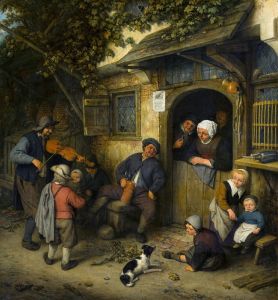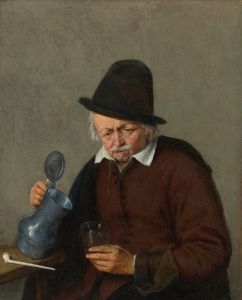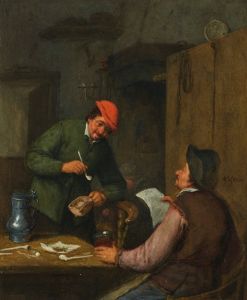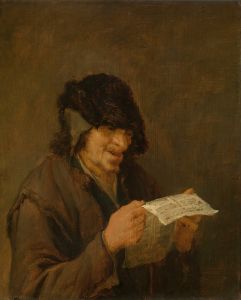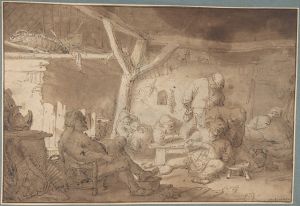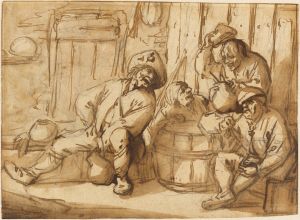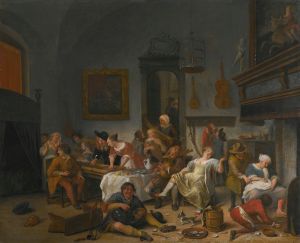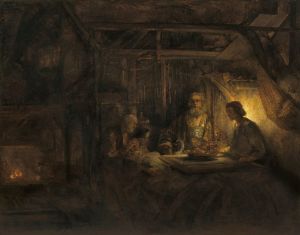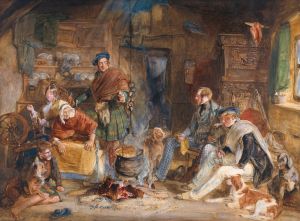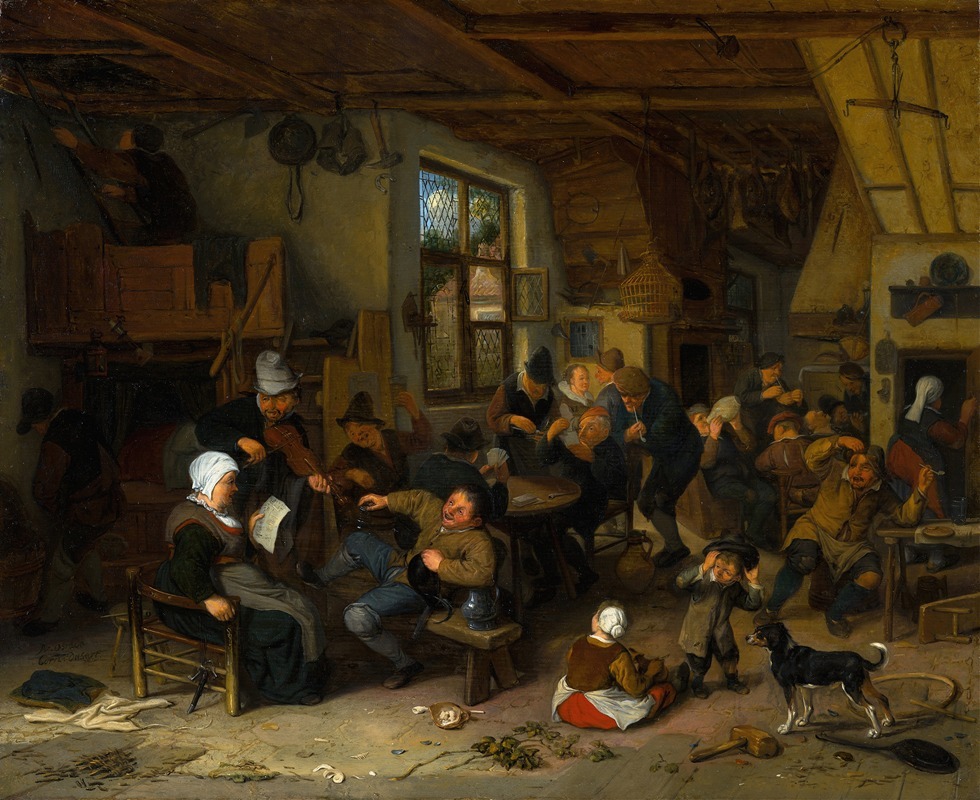
Peasant Inn
A hand-painted replica of Adriaen van Ostade’s masterpiece Peasant Inn, meticulously crafted by professional artists to capture the true essence of the original. Each piece is created with museum-quality canvas and rare mineral pigments, carefully painted by experienced artists with delicate brushstrokes and rich, layered colors to perfectly recreate the texture of the original artwork. Unlike machine-printed reproductions, this hand-painted version brings the painting to life, infused with the artist’s emotions and skill in every stroke. Whether for personal collection or home decoration, it instantly elevates the artistic atmosphere of any space.
Adriaen van Ostade was a prominent Dutch Golden Age painter known for his genre scenes depicting peasant life. One of his notable works is "Peasant Inn," which exemplifies his skill in capturing the everyday life and environment of the lower classes in 17th-century Holland. Van Ostade was born in 1610 in Haarlem, where he spent most of his life and career. He was a student of Frans Hals, a master portraitist, which influenced his ability to render expressive characters and lively scenes.
"Peasant Inn" is a quintessential example of van Ostade's work, showcasing his interest in the rustic and often boisterous life of peasants. The painting typically features a lively interior of a tavern or inn, populated by peasants engaged in various activities such as drinking, smoking, playing cards, or conversing. Van Ostade's attention to detail and his ability to convey the textures of the environment, from the rough wooden tables to the smoky atmosphere, are evident in this piece.
The composition of "Peasant Inn" is carefully arranged to draw the viewer's eye across the scene, capturing the dynamic interactions between the figures. Van Ostade often used a warm, earthy palette, which added to the cozy yet chaotic ambiance of the tavern setting. His use of light and shadow is particularly noteworthy, as it enhances the three-dimensionality of the figures and the space they occupy, creating a sense of depth and realism.
Van Ostade's work is characterized by a blend of humor and empathy. While he depicted the peasants with a certain degree of caricature, highlighting their rowdy and sometimes unruly behavior, there is also a sense of warmth and humanity in his portrayal. This duality is a hallmark of his style, allowing viewers to appreciate both the comedic and the genuine aspects of peasant life.
"Peasant Inn" reflects the social and cultural context of the Dutch Golden Age, a period marked by economic prosperity and a burgeoning middle class. Genre paintings like van Ostade's were popular among the Dutch bourgeoisie, who enjoyed scenes of everyday life that were both entertaining and relatable. These works often served as moralistic tales or reflections on human nature, subtly commenting on the virtues and vices of society.
Adriaen van Ostade's influence extended beyond his lifetime, as his works continued to be admired and collected by art enthusiasts. His ability to capture the essence of peasant life with humor and insight has made his paintings enduringly popular. "Peasant Inn," like many of his other works, offers a window into the past, providing a glimpse of the social dynamics and cultural milieu of 17th-century Holland.
Today, van Ostade's paintings can be found in major museums and collections around the world, where they continue to be studied and appreciated for their artistic merit and historical significance. His contribution to the genre of peasant scenes remains a significant chapter in the history of Dutch art, highlighting the everyday lives of people who were often overlooked in the grand narratives of history.





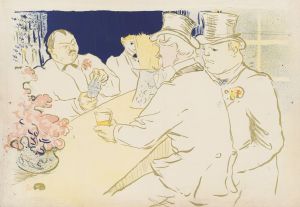
![esigns and photographs for alterations to St. James Bar Restaurant, W. 181st St. and Broadway, New York, NY.] [Plan for restaurant layout of booths and tables](/imgs/249342/s/winold-reiss-esigns-and-photographs-for-alterations-to-st-james-bar-restaurant-w-181st-st-and-broadway-new-york-ny-plan-for-restaurant-layout-of-booths-and-tables-65bfed35.jpg)


